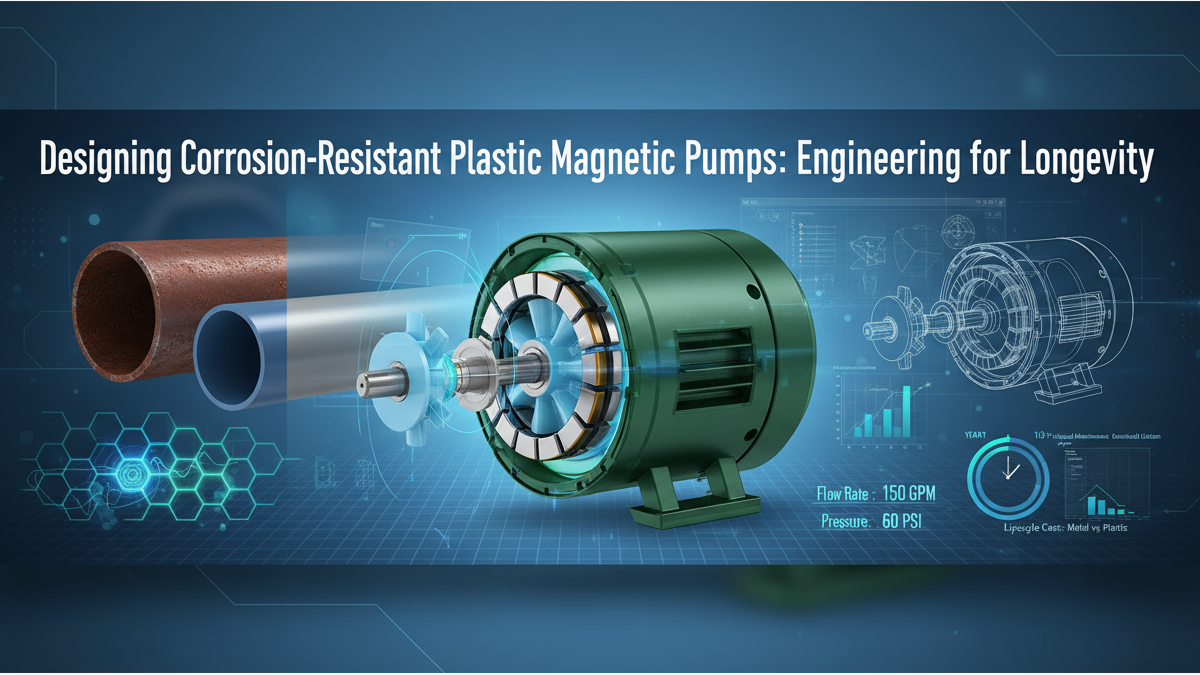Non-Practicing Entities (NPEs) is a special group of the intellectual property industry. Patent litigation involving NPEs has become a common global business activity, and it is a patent issue that the technology industry needs to pay special attention to.
What is a NPE?
A Non-Practicing Entity (NPE) is an entity that has an interest in or ownership of intellectual property (IP) rights, but is not actually producing products related to this IP, nor engaging in any research and development of the IP. There are two main types of NPEs: The first is universities and research institutions which mainly conduct basic research and authorize the research results to be used by other individuals or organizations. These institutions do not engage in any commodity production.
The second is entities that acquire patent rights from individuals or small and medium-sized organizations and then use these patents to collects licensing fees from potential or alleged patent infringers. Such NPEs do not conduct any research and development activities, nor do they engage in commercialization activities or develop new technologies for the patents they own. Instead, they wait for the manufacturer of the commodity to make an irreversible huge investment, and then make a patent infringement claim against the manufacturer of the commodity.
Dou to the potential negative activities some NPEs engage in, and because they do not actually produce anything new, some NPEs may end up being referred to as patent trolls.
Overview of NPT:
Patent litigation initiated by NPEs has averaged about 30% of all patent litigation over the past 10 years. However, NPE litigation has increased significantly over the past few years, with 42% of new patent litigation filed in 2020 being filed by NPEs. This indicates a growing threat to businesses.
Defensive NPEs play a positive role in the patent intermediary market. Purchasing patent rights and licensing members who pay licensing fees, not only increases the value of patents but also protects patent holders from facing litigation costs.
Any company that manufactures, sells, or uses technology-based products and services faces a real risk of being sued for patent infringement. More than 25,000 companies have been sued for infringement since 2010, and the number of companies at risk is growing, costing billions of dollars in legal fees each year.
Most NPEs apply intellectual property rights rationally, which not only gives them considerable economic returns but also encourages business organizations to improve their innovation capabilities. However, some institutions and individuals use NPEs to adopt aggressive and frivolous intellectual property litigation tactics. By harassing companies with litigation, they discourage innovation, contrary to the original intention of intellectual property law, which is to nurture and encourage innovation.
Non-Practicing Entities which own patent rights, but do not engage in the manufacturing of goods, but instead, collect royalties or initiate patent litigation against companies that infringe its patent rights fall into the category of patent trolls.
What are the Types of NPE?
NPEs can be divided into four types: research, attack, defense, and consulting management services.
- R&D-oriented entities:
- Non-profit academic research institutions perform research and development to drive technological innovation, but do not apply for patents.
- Large-scale manufacturing enterprises conduct research and development and patent the results for production of products.
- Offensive patent aggregation (OPA):
- OPA is the purchasing of patents in order to grant licenses to companies that will produce the products and inventions protected by these patents. OPAs obtain their revenue from the licensing fees collected from these patents.
- Defensive patent aggregation (DPA):
- This is the practice of a manufacturer purchasing patents or patent rights from other entities holding patents similar to or related to the companies’ own patents. By purchasing threatening patents, it provides manufacturers with an insurance system to protect themselves from being sued by the owners of such patents or patent trolls.
- Patent management service company:
- Assessing the technology and value of a given patent generally requires a fair amount of technical knowledge. Patent management companies help companies obtain and maintain patents, as well as provide legal and business advice for licensing and selling patents. Proactive patent management can help companies avoid litigation risks.
How to Distinguish an NPE?
To distinguish whether an NPE is reasonably engaged in patent operation activities or is acting as a so-called patent troll, the following factors can be considered. A patent troll use any of the following tactics:
- Introduce multiple, frivolous, or abusive prosecution, such as filing claims without conducting sufficient investigation of the infringement facts and evidence before the prosecution, or launching many lawsuits against multiple companies in a short period of time.
- They will use low-quality patents which have no practical value or do not contribute to the prior art used in the litigation.
- The patents used in the lawsuit are not supported by rigorous R&D investments. Unlike patents used by NPEs that operate reasonably, patent trolls will not invest in actual R&D, but will apply for patents that are drawn up through simple brainstorming or imagining, but not actually produced or tested.
- Patent trolls will not negotiate a patent license before introducing a lawsuit. They know that the patent assets they hold are not valuable, so instead of negotiating a license, they will directly sue for extortion.
- The prosecution initiated by a patent troll has caused great trouble to the respondent and caused a chilling effect to production. For example, lawsuits are used that could create large legal costs to the respondent, which makes the respondent tend to pay for a settlement rather than defend the lawsuit.
NPEs and the General Technology Industry Have Gradually Formed a Cooperative Relationship
NPEs will try to stockpile patent ammunition necessary for litigation, often purchasing patents from technology companies. These NPEs will use these patents to file lawsuits against other technology companies in the industry. Why are the two now developing a partnerships for patent transactions?
Due to the low cost of capital in the market, NPE's pockets are getting deeper and deeper. In addition to being able to finance complicated and lengthy patent litigation procedures, they can also more carefully select the patents to be purchased. From the perspective of NPE, the absolute standard for measuring patent assets is liquidity through litigation or licensing. Patents obtained by for-profit enterprises are naturally more beneficial than those of R&D institutions or universities, so are more favored.
According to experience, when companies encounter a financial crisis, such as caused by the global epidemic, to maintain and enhance the company’s cash account, they may start to actively sell the patents they hold, some of which will inevitably flow to NPEs.
However, aside from financial considerations, timely reviewing of patent inventories can also help technology companies deploy the technology. Of course, every technology company has a system for patent management, but if they only use internal personnel, there will inevitably be blind spots. The introduction of external NPEs can often benefit the company. NPEs can be more informed and selective when purchasing patents. If the content of the invention is not relevant to the market, or the technical protection is not strict enough to prevail in litigation, the patents obtained by the company will be of little value. All of these are points companies need to consider while conducting research and development and patent applications.
After being evaluated by an NPE, some patents may be found highly valuable and easy to market, while others may be unmarketable and fail to be traded. Although the former can bring immediate benefits to the company, if the latter is truly incapable of monetization, the patentee can also consider giving up these patents to save high maintenance costs. In other words, knowing when to either keep or get rid of a patent can create value for the company. Companies can then invest in new R&D and patent activities to strengthen their technological competitiveness.
In conclusion, an enterprise's patent management strategy should be flexible. Although many technology companies have been actively trying various modes of communication about patents, most companies still only stay at the level of Apply and Hold for patents. After the patents are certified, they are simply put on the shelf. In the long run, not only will the cost of patent maintenance be higher and higher, but potential benefits to the enterprise will be lost. Therefore, reviewing the quality of their patents through negotiation and cooperation with NPEs, and further developing R&D is an operational strategy that all technology industry manufacturers should consider.










.png)



